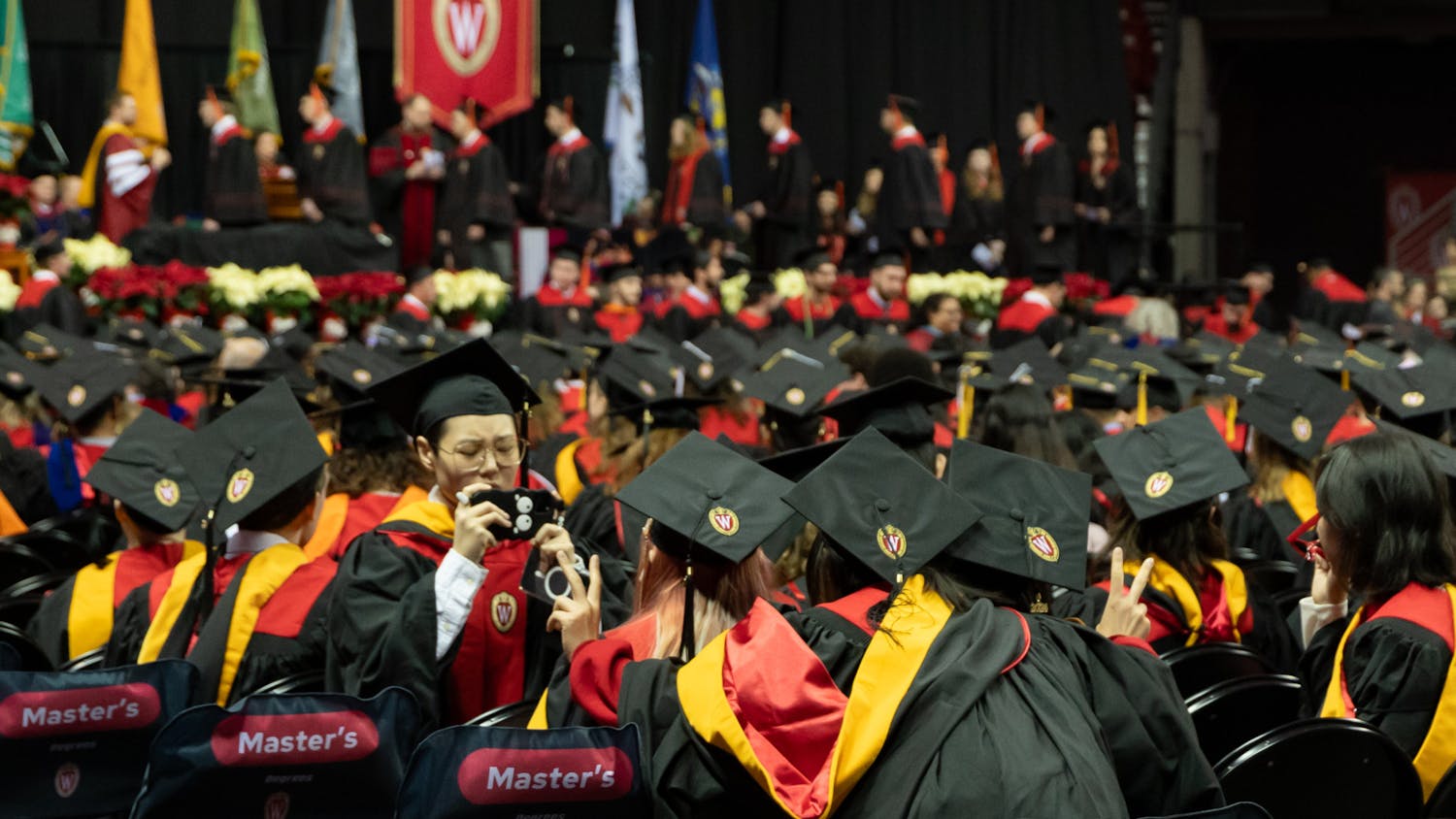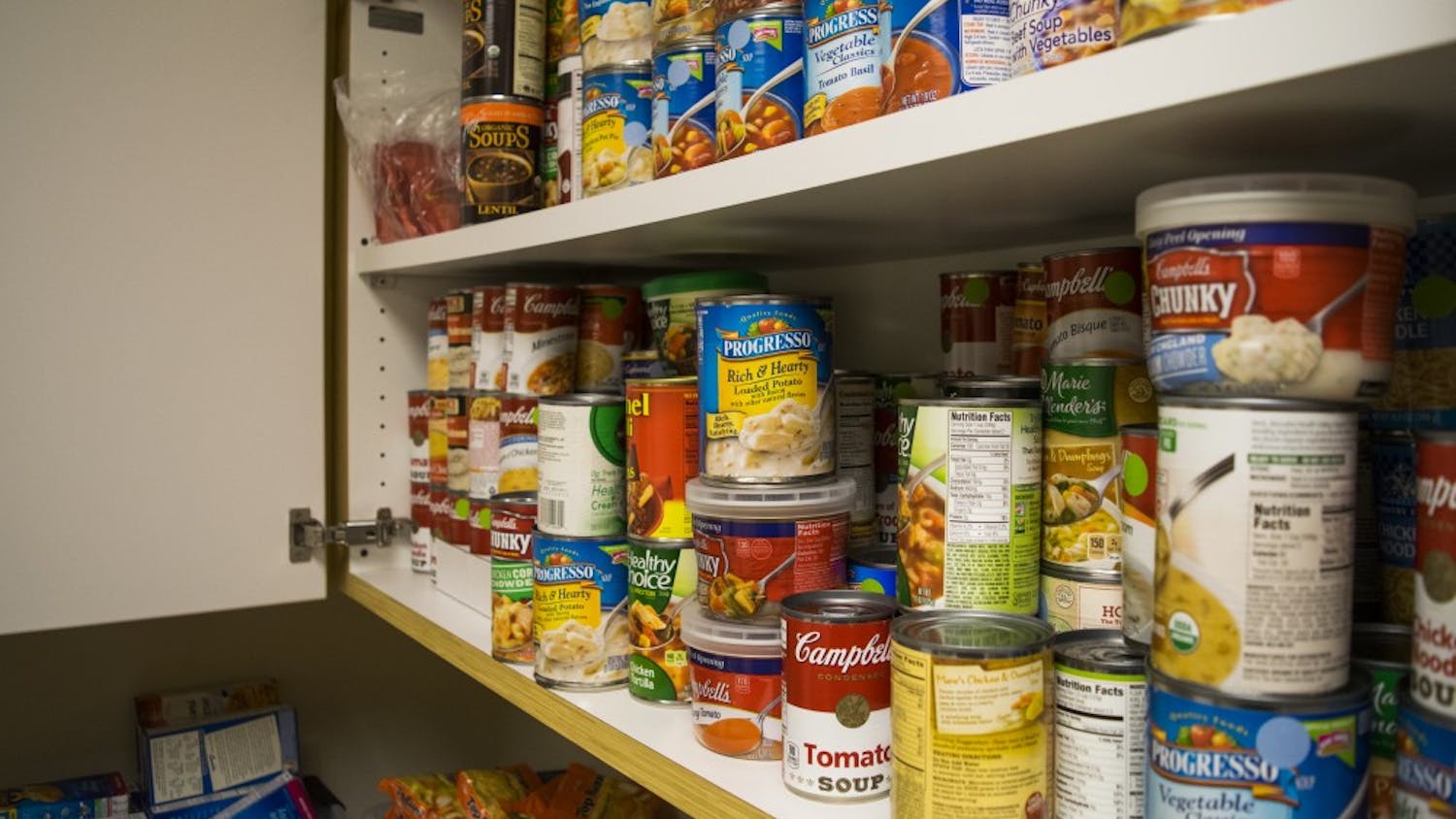Jill Klosterman's recent article, ""Tuition should cover cost of textbooks,"" provided some interesting ideas, but failed to clarify some additional points about the college textbook market.
Publishers are sympathetic to students' concerns about the cost of textbooks and offer a range of options from which faculty can choose for their courses.
For example, there are 216 introductory psychology titles currently on sale in college bookstores around the country at retail prices ranging from about $24 to $120. These alternatives and a new and expanding range of technologies are helping more students pass their courses, stay in school and graduate sooner, saving students time and money while improving their success rates.
In fact, according to Student Monitor, a student research service, the average college student spent $644 on textbooks during the 2005-'06 academic year, a cost that has remained generally steady for the past three years.
This figure and information from the National Center for Education Statistics show that textbook costs account for 4.2 percent of the core higher education expenses for the average student at the University of Wisconsin-Madison.
As for profit made by textbook publishers, their income after taxes, printing, binding, paper and other expenses is about 4.8 to 7 percent of each dollar spent.
As the cost of higher education continues to escalate, America's publishers are helping students get the most out of their tuition dollars by responding to changing needs.
Stacy Scarazzo Skelly
Assistant Director for Higher Education
Association of American Publishers





